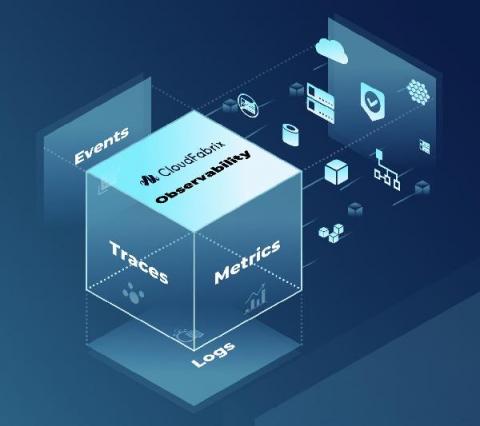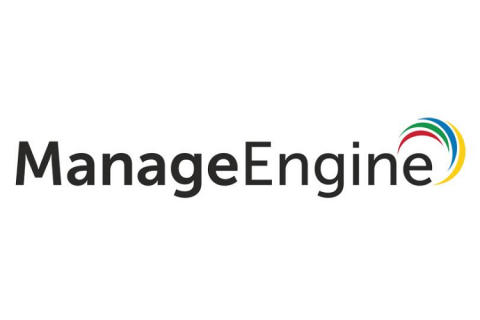CloudFabrix announces Observability-in-a-Box with Edge AI Capabilities to simplify and accelerate AIOps deployments
CloudFabrix is enhancing its AIOps platform with native Observability and AI at the edge capabilities to bridge the gap between Observability and AIOps solutions. Enterprises are struggling with unifying multitude of expensive monitoring deployments as well as gaps in observability, specifically for modern application architectures that include usage of microservices, containers and Kubernetes.









